How to Use Social Media Responsibly During Disasters
In today's digital age, social media has become an indispensable tool, especially during disasters. It acts as a lifeline, connecting people with vital information and updates. However, with great power comes great responsibility. Using social media responsibly during such critical times is not just a good practice; it can save lives. Imagine being in a disaster-stricken area, and through your social media feed, you receive real-time updates about safe routes, emergency services, and community support. This is the potential of social media, but it also comes with challenges, primarily the spread of misinformation and panic. So, how can we harness this power for good while ensuring we’re not adding to the chaos?
First and foremost, it’s essential to understand the role social media plays in disasters. It serves as a platform for information dissemination, allowing users to share experiences, updates, and resources. However, not all information is created equal. The ability to discern between reliable and unreliable sources is crucial. Think of social media as a crowded marketplace; while there are many genuine vendors, there are also those looking to sell false goods. By honing your skills in identifying trustworthy accounts, you can navigate through the noise and focus on what truly matters.
Furthermore, engaging with your community during a disaster can foster a sense of unity and support. Social media can be a powerful tool for mobilizing resources, sharing important updates, and offering help to those in need. When you share information, think about the impact it may have. Are you spreading hope, or are you contributing to fear? The way we communicate during these times can either uplift or diminish the community spirit. Therefore, let’s explore best practices for sharing information responsibly.
Social media serves as a crucial tool for information dissemination during disasters, enabling real-time updates and community engagement. Understanding its impact can help users navigate its complexities effectively.
In times of crisis, it's vital to identify trustworthy sources for accurate information. This section discusses how to discern reliable accounts and avoid falling for misinformation that can cause panic.
Misinformation can lead to dangerous situations during disasters. When people share unverified information, it can create confusion and panic. For example, imagine someone tweets that a nearby evacuation center is full, causing those in need of shelter to look elsewhere, only to find that the center is, in fact, open and ready to assist. This kind of misinformation can have dire consequences. Therefore, it’s essential to fact-check information before sharing it.
Fact-checking is essential for responsible social media use. Here are some effective strategies and tools that can help users verify information before sharing it with their networks:
- Cross-reference information with trusted news outlets.
- Use fact-checking websites like Snopes or FactCheck.org.
- Check the credibility of the source by reviewing their history and expertise.
Fake accounts often spread misinformation during emergencies. To recognize these accounts, look for the following signs:
- Check for verified badges on profiles.
- Examine the account's follower count and engagement levels.
- Look at the history of posts for consistency and reliability.
Social media can foster community support during disasters. Engaging positively can help share resources and offer assistance to those in need. For instance, if you know of a local food bank that is accepting donations, sharing that information can encourage others to contribute. Remember, your voice can amplify the efforts of many, creating a ripple effect of kindness and support.
Sharing information responsibly during disasters is crucial. It’s important to consider context, sensitivity, and clarity when posting updates or alerts. A well-crafted message can make all the difference. For example, instead of simply stating, “There’s a flood,” you might say, “Flooding is reported in the downtown area. Please avoid traveling there and check local news for updates.” This way, you provide context and clarity, which can guide others in making informed decisions.
Hashtags can help categorize information during disasters. Using relevant hashtags can increase visibility and ensure that critical updates reach a broader audience. For instance, during a hurricane, using hashtags like #HurricaneUpdate or #DisasterRelief can connect your posts with others sharing similar information, creating a comprehensive flow of updates.
Social media can be a platform for encouraging positive actions during crises. Sharing information about local volunteer opportunities or donation drives can inspire others to get involved. When people see others taking action, it can create a sense of community and motivate them to contribute in any way they can.
Q: How can I ensure the information I share is accurate?
A: Always verify information by checking multiple reliable sources before sharing. Use fact-checking websites and look for verified accounts.
Q: What should I do if I see misinformation being shared?
A: Politely correct the misinformation by providing accurate information and credible sources. Encourage others to verify before sharing.
Q: How can I support my community through social media during a disaster?
A: Share resources, volunteer opportunities, and positive messages. Use your platform to connect those in need with those who can help.

Understanding the Role of Social Media in Disasters
In today's fast-paced digital age, social media has emerged as a powerful tool during disasters, acting as a lifeline for information and community connection. Imagine being in the midst of a natural disaster, like a hurricane or wildfire, where every second counts. Social media platforms like Twitter, Facebook, and Instagram enable real-time updates, allowing individuals to stay informed about the situation as it unfolds. This immediacy can be a game-changer, offering critical information about evacuation routes, emergency services, and safety tips.
Moreover, social media fosters a sense of community during these challenging times. It allows people to share their experiences, offer support, and connect with others who are going through similar struggles. For instance, during a flood, neighbors might use a local Facebook group to coordinate relief efforts, share resources, or even provide shelter to those in need. This kind of engagement not only strengthens community bonds but also amplifies the collective response to the disaster.
However, while social media can be a beacon of hope and information, it also comes with its own set of challenges. The rapid spread of information can lead to confusion and misinformation, which can exacerbate the situation. Therefore, it's crucial for users to understand how to navigate these platforms effectively. By recognizing the potential of social media to both help and hinder during disasters, individuals can better equip themselves to use it responsibly.
To truly harness the power of social media during disasters, users should focus on the following aspects:
- Real-time updates: Social media provides instant access to the latest news and alerts, keeping everyone informed.
- Community engagement: It allows individuals to connect, share resources, and support one another in times of need.
- Awareness and education: Social media can be used to educate the public on disaster preparedness and response strategies.
In summary, understanding the role of social media during disasters is essential for effective communication and community support. By leveraging its strengths and being aware of its pitfalls, users can contribute positively to their communities in times of crisis.
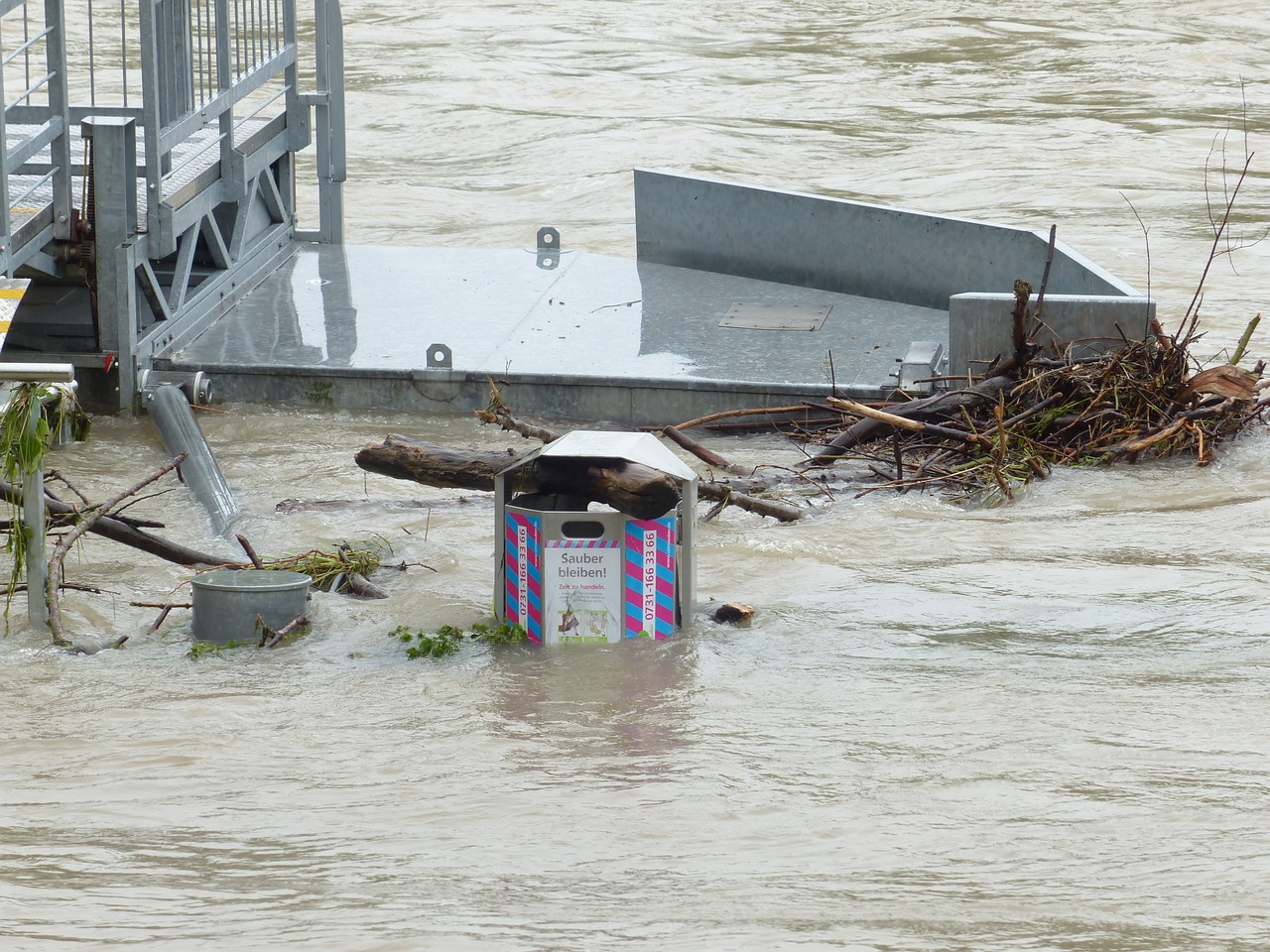
Identifying Reliable Sources of Information
In the chaotic moments of a disaster, when every second counts, the urgency to access reliable information can feel overwhelming. Social media platforms are flooded with updates, opinions, and sometimes, outright falsehoods. So, how do you sift through the noise to find the truth? Identifying trustworthy sources is not just a matter of convenience; it's a vital skill that can significantly affect your response to a crisis. By focusing on a few key indicators, you can enhance your ability to discern reliable information from misinformation.
First and foremost, always look for verified accounts. Many social media platforms, like Twitter and Facebook, offer verification badges to credible organizations and public figures. These badges are your first line of defense against misinformation. For example, during natural disasters, official accounts of local government agencies, emergency services, and reputable news organizations often provide real-time updates. Following these sources ensures that you receive accurate and timely information.
Another critical aspect to consider is the context in which the information is presented. A tweet or post may contain a sensational headline, but without the proper context, it can lead to misunderstandings. For instance, a post might say, “Evacuations ordered in downtown area!” without explaining the reasons or the specific locations affected. Always dig deeper and check for additional details before reacting or sharing such posts. Ask yourself questions like: Who is sharing this information? What is their motive? Is there a link to a reputable source?
Moreover, be wary of emotional appeals that aim to provoke a reaction. Misinformation often thrives on fear and urgency. If a post makes you feel panicked or anxious, take a step back. Instead of sharing it immediately, verify the claims made. Utilize fact-checking websites like Snopes or FactCheck.org, which can help verify the authenticity of the information before you pass it along to others. Remember, sharing unverified information can escalate panic and confusion, which is the last thing anyone needs during a disaster.
Lastly, consider the source's history. Have they been reliable in the past? A quick search can reveal whether an account has a track record of sharing accurate information. If an account has previously shared misinformation or has been flagged for spreading falsehoods, it’s best to steer clear. Trust is built over time, and a history of accuracy is a strong indicator of reliability.
In summary, identifying reliable sources of information during disasters is crucial for effective communication and response. By following these guidelines—seeking verified accounts, understanding context, being cautious of emotional appeals, and evaluating a source's history—you can navigate the murky waters of social media with greater confidence. Remember, in times of crisis, your ability to discern fact from fiction can make all the difference.
- How can I find verified accounts on social media? Look for a blue checkmark next to the account name, which indicates that the account is verified by the platform.
- What should I do if I encounter misinformation? Report the post to the platform and refrain from sharing it. Always verify with trusted sources first.
- Are there any tools for fact-checking information? Yes, websites like Snopes, FactCheck.org, and PolitiFact are great resources for verifying claims.
- How can I stay updated during a disaster? Follow official government and emergency management accounts on social media for real-time updates.
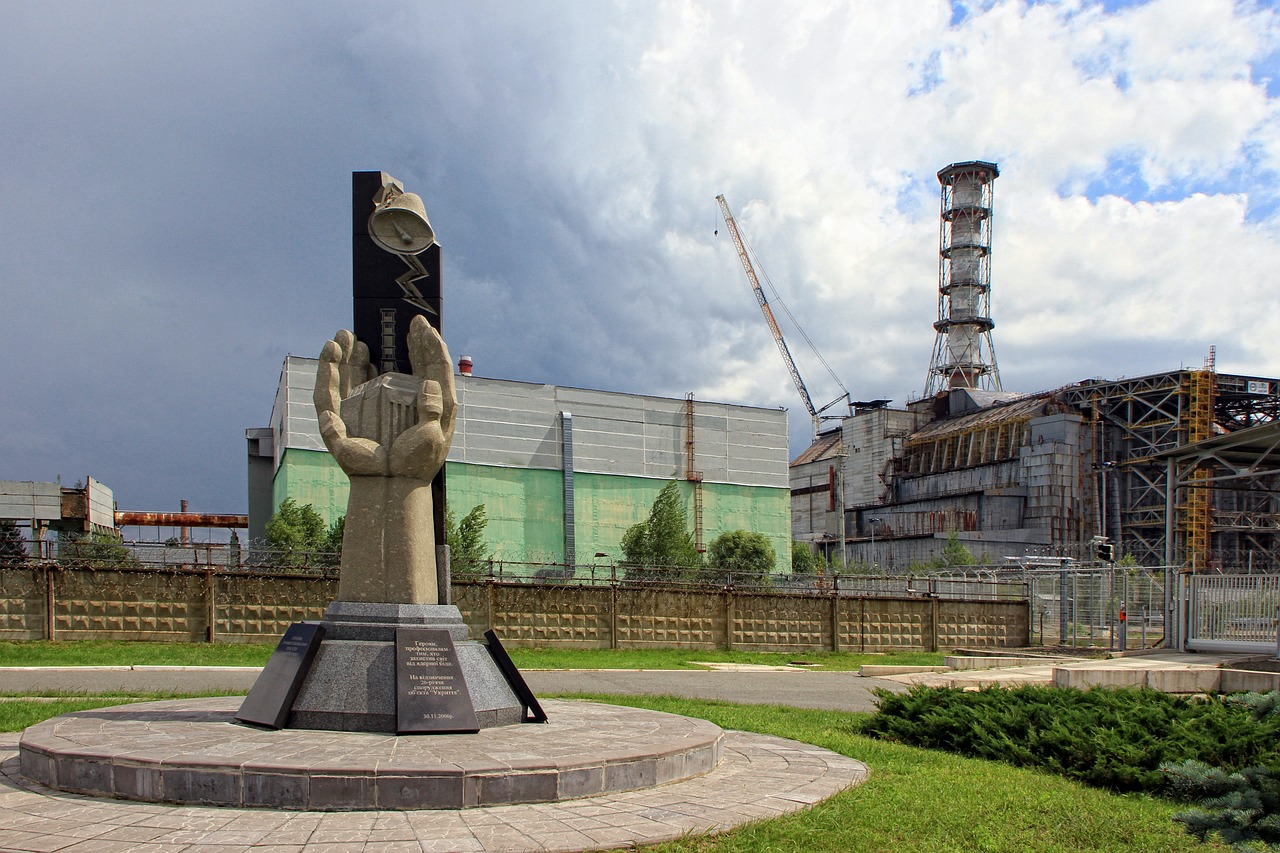
The Dangers of Misinformation
Misinformation is like a wildfire during a disaster—it spreads quickly, often leaving chaos in its wake. When a crisis strikes, the urgency to share information can lead people to post and share content without verifying its accuracy. This impulsive behavior can have severe consequences. Imagine a scenario where a rumor about a hazardous chemical spill circulates on social media. If people act on this false information, they might evacuate unnecessarily, causing panic and disrupting emergency services. The ripple effect of such misinformation can be catastrophic, impacting not just individuals but entire communities.
Moreover, misinformation can create a false sense of security or urgency. For example, during a natural disaster, a tweet claiming that a specific area is safe can lead people to return home too soon, putting them in harm's way. Conversely, a post stating that a location is in immediate danger can drive people into overcrowded shelters, leading to further safety concerns. The psychological toll of misinformation cannot be underestimated; it breeds anxiety, fear, and confusion among those already stressed by the disaster.
To truly grasp the dangers of misinformation, consider the following points:
- Increased Panic: Unverified information can escalate panic among the public, leading to hasty decisions that may worsen the situation.
- Resource Drain: Emergency services may be overwhelmed by calls and reports based on false information, diverting attention from those who genuinely need help.
- Trust Erosion: Continuous exposure to misinformation can erode public trust in legitimate sources, making it harder for authorities to communicate effectively during future crises.
In summary, the dangers of misinformation during disasters are profound and far-reaching. It is not just about being wrong; it's about the potential to exacerbate an already critical situation. Therefore, it is essential for individuals to approach information shared on social media with a discerning eye. Remember, in the age of information overload, a little skepticism can go a long way in safeguarding your community and ensuring that accurate information prevails.
Q: What should I do if I come across misinformation during a disaster?
A: If you encounter misinformation, do not share it. Instead, verify the information through trusted sources or fact-checking websites before considering sharing it further.
Q: How can I identify reliable sources of information?
A: Look for information from official accounts such as government agencies, reputable news organizations, and verified social media profiles. These sources typically provide timely and accurate updates during crises.
Q: Can sharing accurate information help during disasters?
A: Absolutely! Sharing verified information can help keep your community informed, reduce panic, and ensure that people receive the assistance they need in a timely manner.
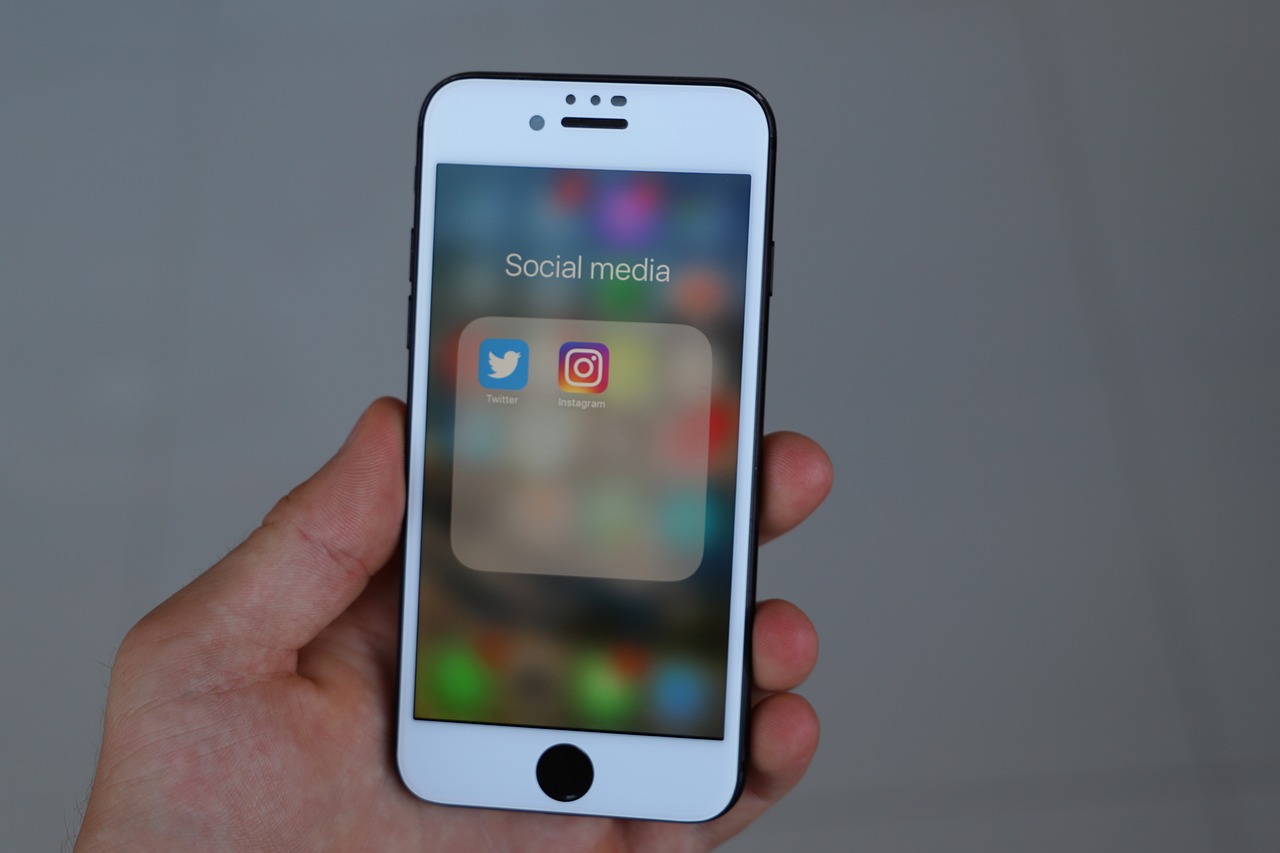
How to Fact-Check Information
In the chaotic moments of a disaster, the last thing anyone needs is to spread misinformation. This is where the art of fact-checking becomes not just useful, but essential. Imagine you're in a crowded theater, and someone yells "fire!" without any basis. Panic ensues, and people rush for the exits, potentially causing injury. This scenario is akin to sharing unverified information during a disaster. To prevent such chaos, here are some effective strategies for fact-checking before hitting that share button.
First off, always look for credible sources. Trusted news organizations, government agencies, and verified accounts on social media platforms are your best bets. For instance, during a natural disaster, the National Weather Service or local emergency management offices often provide real-time updates. By following these accounts, you can ensure that the information you receive is not only accurate but also timely. Additionally, many social media platforms have taken steps to highlight verified accounts, making it easier for users to find reliable information.
Next, consider using fact-checking websites. Resources like Snopes, FactCheck.org, and PolitiFact are dedicated to debunking false information. These sites often provide in-depth analyses of viral claims and can help you determine whether something is true or false. For example, if you come across a post claiming a specific evacuation route is closed, a quick check on these sites might reveal whether that information is accurate or just a rumor.
Another useful tip is to check the date and time of the information. Disasters can evolve rapidly, and what was true an hour ago may no longer apply. Always verify that the information is current, especially if it pertains to evacuation orders or safety measures. This is particularly important in the age of social media, where old posts can resurface and cause unnecessary alarm.
Lastly, don’t hesitate to reach out directly to the source if possible. Many organizations have social media teams ready to respond to inquiries. If you see something that seems off, send a quick message or tweet asking for clarification. This not only helps you but also encourages organizations to engage with the public, fostering a more informed community.
In summary, fact-checking is a vital skill during disasters. By relying on credible sources, utilizing dedicated fact-checking websites, verifying the timeliness of information, and engaging directly with sources, you can play a crucial role in ensuring that accurate information circulates. Remember, every post you share has the potential to influence others, so let’s make sure it’s for the better!
- Why is it important to fact-check information during disasters? Misinformation can lead to panic and poor decision-making, potentially endangering lives.
- What are some reliable sources for disaster information? Trusted news outlets, government agencies, and verified social media accounts are excellent sources.
- How can I quickly verify information I see on social media? Use fact-checking websites and check the credibility and timeliness of the information.
- What should I do if I encounter misinformation? Report it to the platform and share accurate information instead.
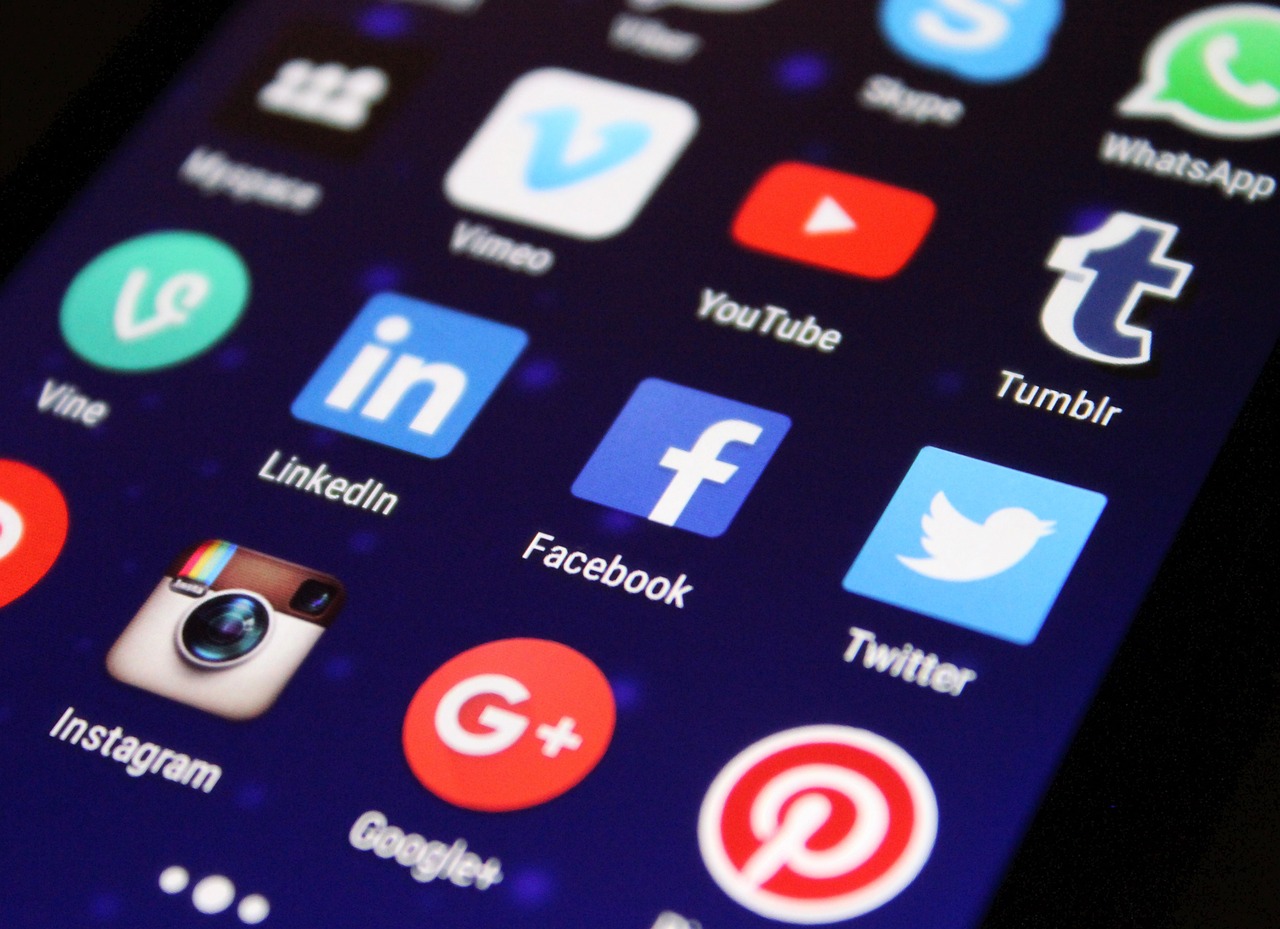
Recognizing Fake Accounts
In the chaotic environment of a disaster, social media can be a double-edged sword. While it offers a platform for real-time updates and community support, it also opens the floodgates for misinformation, often spread by fake accounts. Recognizing these deceptive profiles is crucial for ensuring that the information you consume and share is accurate and trustworthy. So, how can you spot a fake account amidst the noise?
First and foremost, always check the profile details. Fake accounts often have incomplete profiles, including a lack of a profile picture, minimal follower counts, or generic usernames that don’t resemble real names. For instance, a profile named “DisasterUpdates123” might raise a red flag, while a verified account from a reputable organization, like the Red Cross or local news outlets, is much more reliable.
Another critical aspect is to scrutinize the content being shared. Fake accounts tend to post sensationalized or alarmist content aimed at generating panic. If you notice an account that frequently shares unverified news, conspiracy theories, or overly dramatic posts without credible sources, it’s best to steer clear. Remember, credible accounts will often link back to verified news articles or official statements.
Additionally, pay attention to the engagement levels. Authentic accounts typically have a consistent engagement rate with their followers. If an account has a high number of followers but very few likes or shares on their posts, it could indicate that the account is either fake or inactive. Look for accounts that interact with their followers in a genuine manner, responding to comments and sharing updates that reflect a commitment to community engagement.
Here are some quick tips to help you recognize fake accounts:
- Profile Picture: Look for stock images or generic avatars.
- Follower Count: Be wary of accounts with a large following but little engagement.
- Content Quality: Check for sensationalism or lack of credible sources.
- Verification: Always look for the blue checkmark on verified accounts.
Finally, don’t hesitate to report suspicious accounts. Most social media platforms have mechanisms in place to report fake profiles, and doing so helps protect others from misinformation. By taking these steps, you can better navigate the murky waters of social media during disasters and ensure that you’re sharing and consuming information that truly matters.
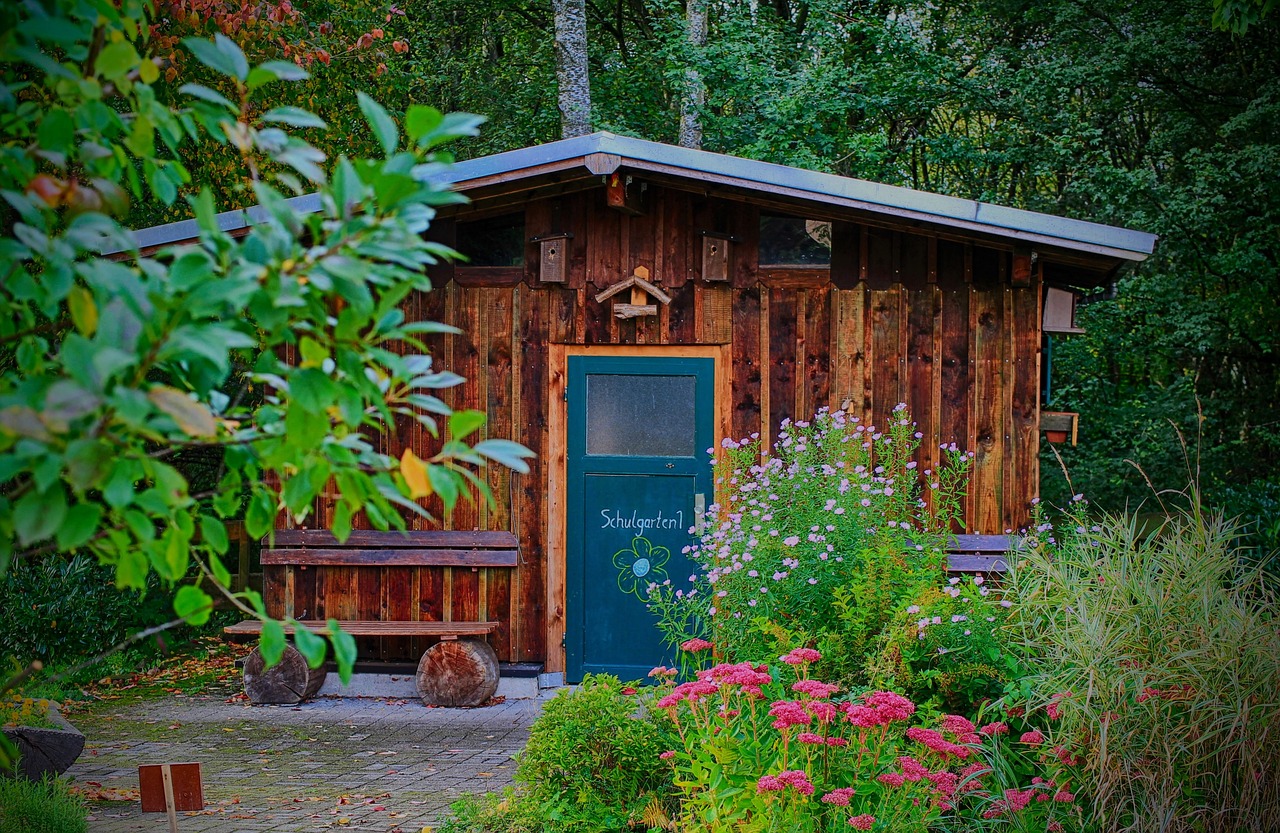
Engaging with the Community
Social media is more than just a platform for sharing memes and selfies; it can be a powerful tool for fostering community support during disasters. When the chips are down and the world feels chaotic, it’s essential to remember that we’re all in this together. By engaging with your community through social media, you can create a sense of solidarity and provide much-needed assistance to those affected by the crisis. But how do you effectively engage in a way that’s both helpful and responsible?
First and foremost, it’s important to listen before you speak. Monitoring local hashtags or community groups can provide you with valuable insights into what people are experiencing. This is your opportunity to understand their needs and concerns. Instead of jumping in with your own opinions, take a moment to absorb the information being shared. This approach not only builds trust but also positions you as a reliable source of support.
Once you have a grasp of the community’s needs, consider sharing resources that can help. For instance, if you come across organizations providing food, shelter, or medical assistance, don’t hesitate to share that information. You can create a post that highlights these resources or even compile a simple table listing crucial contacts, like so:
| Resource | Contact Information |
|---|---|
| Local Food Bank | (555) 123-4567 |
| Emergency Shelter | (555) 987-6543 |
| Medical Assistance | (555) 555-5555 |
Another effective way to engage with your community is by encouraging conversations. Ask questions that prompt discussions, such as, “What are the biggest challenges you’re facing right now?” or “How can we come together to support each other?” These types of questions can spark valuable dialogue and allow community members to share their experiences and solutions. Remember, social media is a two-way street; the more you engage, the more others will feel encouraged to contribute.
Moreover, don’t underestimate the power of positivity. Sharing uplifting stories and acts of kindness can inspire others to take action. For example, if you see someone helping their neighbor or organizing a community clean-up, share that story! Highlighting these efforts not only boosts morale but also showcases the resilience of your community. It’s like shining a light in the darkness, reminding everyone that there’s still hope and goodness in the world.
Lastly, consider organizing virtual events or initiatives through social media. This could be anything from a fundraising campaign for local charities to a virtual gathering where people can share their experiences and support one another. Engaging in these activities can create a sense of belonging and remind everyone that they are not alone in their struggles.
In conclusion, engaging with your community during disasters through social media is not just about sharing information; it’s about building connections, offering support, and fostering a spirit of togetherness. By listening, sharing resources, encouraging dialogue, promoting positivity, and organizing initiatives, you can make a significant impact. So, the next time disaster strikes, remember that your voice matters, and your actions can inspire a wave of community support.
- How can I find reliable information during a disaster?
Look for verified accounts of local authorities, news organizations, and emergency services. Always cross-check information before sharing. - What should I do if I encounter misinformation?
Report the misinformation to the platform and share accurate information from reliable sources to help counteract false narratives. - How can I help my community without being physically present?
You can share resources, create online support groups, and promote local initiatives that assist those in need.

Best Practices for Sharing Information
When disaster strikes, the way we share information can make a world of difference. It's not just about getting the word out; it's about doing it responsibly. Imagine you're in a crowded room, and someone shouts a rumor about a fire. If everyone panics and runs without knowing the facts, chaos ensues. The same principle applies to social media. Therefore, following best practices for sharing information during disasters is crucial. Here are some key points to consider:
1. Context is Key: Always provide context when sharing updates. A tweet saying "Evacuate now!" without any additional information can lead to unnecessary fear. Instead, clarify why evacuation is necessary, where to go, and what to expect. This helps your audience understand the situation better and reduces panic.
2. Sensitivity Matters: Remember that many people may be affected by the disaster you're discussing. Use language that is compassionate and respectful. Avoid sensationalism; instead, focus on delivering clear and factual information. A simple, "Our thoughts are with those affected by the flooding," can go a long way in showing empathy.
3. Clarity is Crucial: Use straightforward language that everyone can understand. Jargon or overly technical terms can confuse people who are already stressed. If you're sharing a complex update, consider breaking it down into smaller, digestible pieces. For example, instead of saying, "The emergency management agency has issued a level three alert," you could say, "The emergency management agency is warning everyone to stay indoors until further notice." This makes the information more accessible.
4. Verify Before You Share: Always fact-check the information before posting. Use reliable sources, such as government agencies, news outlets, or verified social media accounts. If you come across a post that seems suspicious, take a moment to investigate before sharing it. Remember, sharing unverified information can spread panic and misinformation.
5. Use Visuals Wisely: Images and videos can enhance your message, but they can also mislead if taken out of context. Always ensure that any visuals you share are relevant and accurately represent the situation. If you’re sharing an image of a disaster, provide context about when and where it was taken. This helps prevent the spread of outdated or misleading information.
6. Engage and Encourage: Social media is a powerful tool for fostering community support. Encourage your followers to share resources, such as shelters or food banks. A post that reads, "If you know of any local shelters, please share in the comments!" can create a collaborative atmosphere that benefits everyone affected by the disaster.
By adhering to these best practices, you can help ensure that the information you share during disasters is not only accurate but also constructive. Remember, in times of crisis, your words have the power to either uplift or incite fear. Choose wisely!
Q: What should I do if I see misinformation being shared?
A: If you encounter misinformation, politely correct it by providing accurate information from reliable sources. It's important to do this respectfully to avoid escalating the situation.
Q: How can I find reliable sources of information during a disaster?
A: Look for official accounts of local government agencies, emergency services, and reputable news organizations. These sources are more likely to provide accurate and timely information.
Q: Can I share information from social media accounts?
A: Yes, but ensure that the accounts are verified and reputable. Always fact-check the information before sharing it with your followers.
Q: How can I support my community during a disaster through social media?
A: Use your platform to share resources, encourage donations, and promote local initiatives aimed at disaster relief. Engaging with your community can make a significant impact.
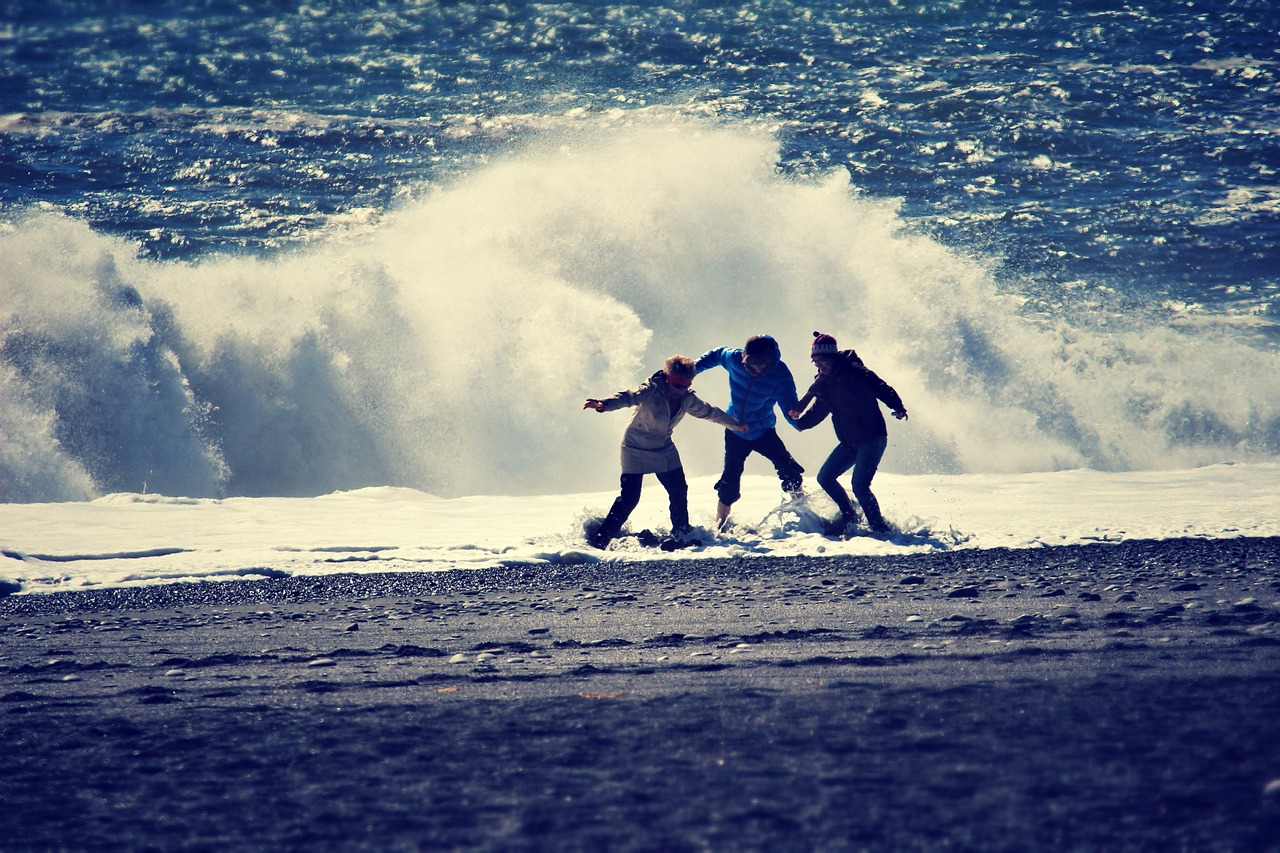
Using Hashtags Effectively
Hashtags are more than just trendy phrases; they are powerful tools that can significantly enhance the visibility of your posts during disasters. When used correctly, hashtags can connect people with similar interests, help categorize information, and ensure that critical updates reach a broader audience. Imagine you're stranded in a storm and need immediate assistance; a well-placed hashtag could mean the difference between finding help and being overlooked.
To use hashtags effectively, consider the following strategies:
- Keep it relevant: Always choose hashtags that are directly related to the content you are sharing. For example, during a natural disaster, hashtags like #HurricaneHelp or #EarthquakeSafety can quickly link your post to others discussing similar topics.
- Monitor trending hashtags: Keep an eye on what's trending in real-time. Platforms like Twitter often show trending topics, which can guide you to use hashtags that are currently being searched for. This can amplify your message and connect you with a larger audience.
- Limit the number of hashtags: While it may be tempting to use multiple hashtags, research shows that posts with one or two relevant hashtags perform better than those with excessive tags. This keeps your message clear and focused.
Additionally, consider creating a unique hashtag for your local community or a specific initiative. This can help consolidate information and make it easier for people to find resources. For instance, if your town is organizing a relief effort, a hashtag like #CityNameRelief2023 can serve as a central hub for all related posts, making it easier for residents to access information and updates.
Moreover, after a disaster strikes, many organizations and government agencies will use specific hashtags to disseminate information. Following these hashtags can keep you informed about safety protocols, shelter locations, and emergency services. Participating in these conversations can also allow you to share your experiences and provide support to others in your community.
In conclusion, using hashtags effectively during disasters not only enhances communication but also fosters a sense of community. By connecting with others through shared hashtags, you can contribute to a more informed and supportive environment. So, the next time you post about an emergency situation, think about the hashtags you’re using—they could very well be the lifeline someone else needs.
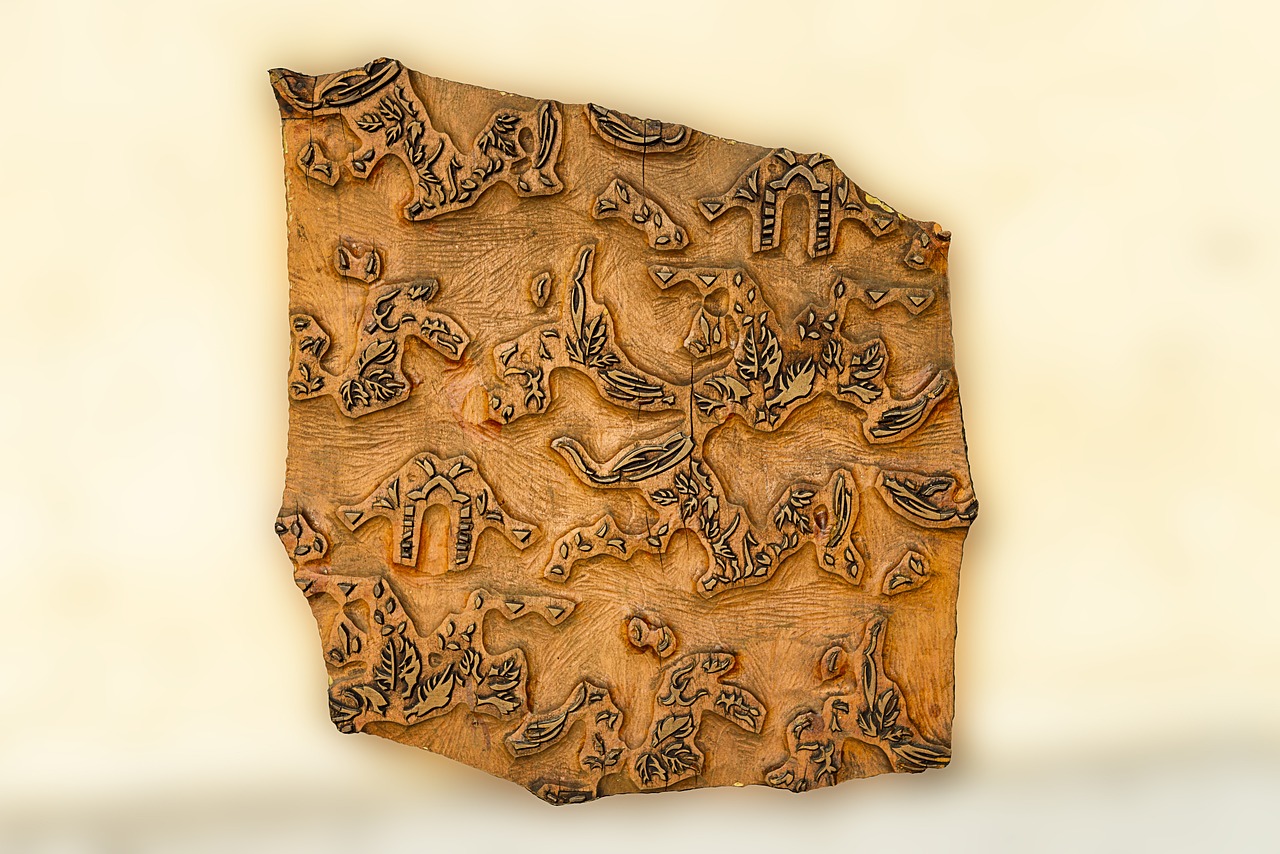
Encouraging Positive Action
In times of crisis, social media isn't just a platform for sharing information; it can also be a powerful tool for . Imagine a community coming together, united by a common cause, all thanks to a simple tweet or post. When disasters strike, people often feel helpless, but social media can transform that feeling into a wave of support and solidarity. By sharing actionable steps, resources, and opportunities for involvement, we can inspire others to contribute to relief efforts and make a real difference.
One of the most effective ways to encourage positive action is by highlighting local organizations and initiatives that are actively working to help those affected by the disaster. For instance, if you know of a local food bank or shelter that is in need of volunteers or donations, share their information on your social media channels. Include their contact details, hours of operation, and specific items they need. This not only raises awareness but also provides clear pathways for others to get involved.
Additionally, using social media to organize community events can amplify the impact of your efforts. Whether it's a fundraising event, a donation drive, or a volunteer day, promoting these activities online can draw in more participants. Consider creating a dedicated hashtag for your event to track engagement and encourage others to share their experiences. This way, you can create a sense of community and motivate even more people to join in the cause.
Moreover, don't underestimate the power of storytelling. Sharing personal accounts of how individuals or families have been affected by the disaster can evoke empathy and spur action. When people can relate to the struggles of others, they are more likely to feel compelled to help. Use your platform to share these stories, and encourage others to do the same. This not only raises awareness but also humanizes the statistics, making the situation more relatable.
Lastly, it’s essential to remind your audience that every little bit counts. Not everyone can donate large sums of money or volunteer their time, but small actions can still create a ripple effect. Encourage your followers to share information, spread the word, or simply check in on their neighbors. By fostering a culture of positivity and support, we can collectively contribute to recovery and resilience in the face of adversity.
- How can I verify if an organization is legitimate? Always check for official websites, reviews, and social media presence. Look for transparency in their operations and how they utilize donations.
- What types of resources are most helpful during a disaster? Food, water, medical supplies, clothing, and shelter are critical. Additionally, emotional support and community connection can be invaluable.
- Can social media really make a difference? Absolutely! It amplifies voices, connects communities, and mobilizes resources quickly, which can lead to significant impact during crises.
Frequently Asked Questions
- What is the role of social media during disasters?
Social media acts as a vital communication tool during disasters, providing real-time updates and facilitating community engagement. It helps people share information quickly and connect with those affected, making it easier to coordinate support and resources.
- How can I identify reliable information sources?
To identify reliable sources during a disaster, look for official accounts from government agencies, emergency services, and reputable news organizations. Always verify information by cross-referencing with multiple trusted sources before sharing it.
- What are the dangers of misinformation?
Misinformation can escalate panic and lead to dangerous situations during disasters. Sharing unverified information can mislead individuals about evacuation routes, safety measures, or resource availability, potentially putting lives at risk.
- How do I fact-check information before posting?
Fact-checking involves verifying claims through trusted fact-checking websites, checking the credibility of the source, and looking for corroborating evidence from multiple outlets. Tools like Snopes or FactCheck.org can be particularly helpful.
- What should I do if I encounter fake accounts?
If you come across fake accounts spreading misinformation, report them to the respective social media platform. Always follow verified accounts and check for blue verification badges to ensure you're receiving accurate updates.
- How can I engage positively with my community on social media during a disaster?
You can engage positively by sharing helpful resources, offering assistance to those in need, and encouraging others to do the same. Use your platform to promote community initiatives and support local organizations involved in disaster relief.
- What are best practices for sharing information during a disaster?
When sharing information, ensure that it is accurate, contextually relevant, and clear. Be sensitive to the emotional impact of the situation and avoid spreading panic. Always include necessary details, such as location and timing, when sharing alerts.
- How can I use hashtags effectively during disasters?
Using hashtags effectively involves selecting relevant and popular tags that categorize your posts, making them easier to find. This helps ensure that critical updates reach a wider audience and that people can follow ongoing discussions.
- How can social media inspire positive action during crises?
Social media can inspire positive action by promoting volunteer opportunities, fundraising campaigns, and sharing success stories of community support. Encourage others to participate in relief efforts and highlight ways they can contribute to recovery initiatives.



















